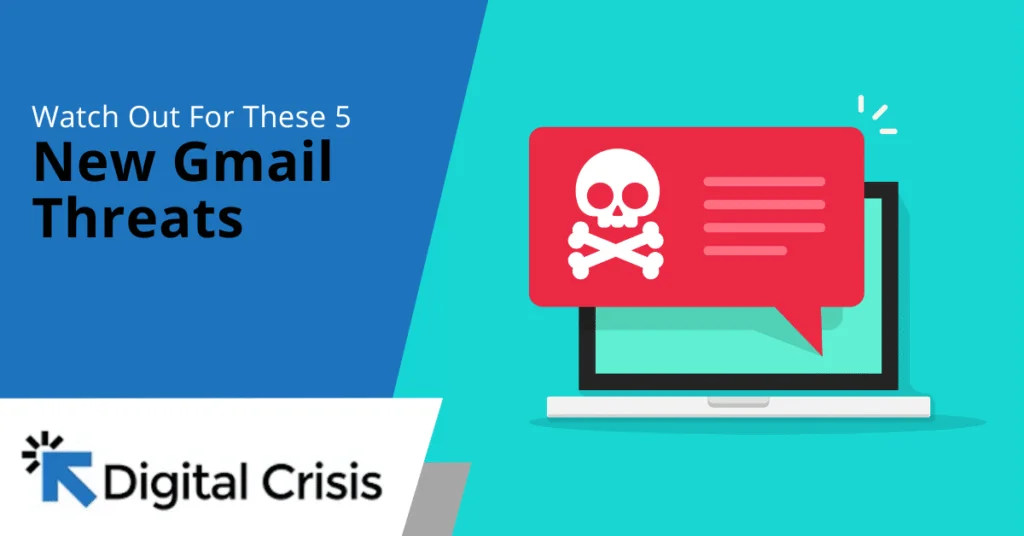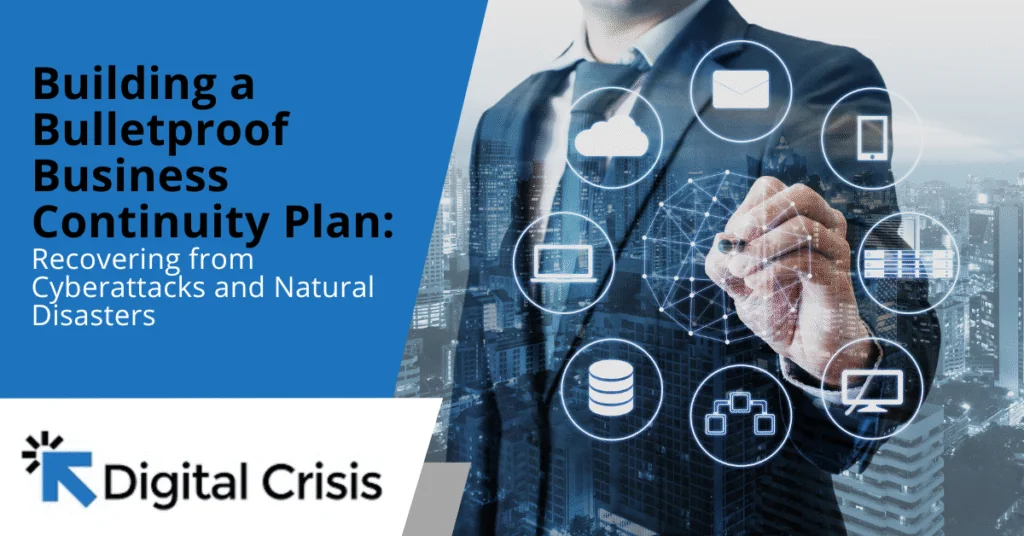Watch Out For These 5 New Gmail Threats

Email is still one of the most common ways to communicate, both for personal and business reasons. Hackers are always going after Gmail because it is one of the most popular email services. They are looking for weaknesses they can use to get into user accounts without permission.
As threats change, it’s important to know about the newest tricks that bad people are using. People who use Gmail should be aware of five new threats. This post will talk about these threats and give you tips on how to stay safe.
5 New Gmail Threats to Watch Out For
Email security has come a long way since the early days of the internet, but hackers and security experts are still constantly fighting over it. Even though security measures have gotten better, hackers are still coming up with new and clever ways to get around them and get into user accounts. Because it has so many users, Gmail is a great target for these kinds of hacks.
Here are the 5 new threats that Gmail users should be aware of with tips on how to stay safe.
Phishing Attacks
Phishing attacks have long been a staple of email-based cyber threats, but they continue to evolve in complexity and effectiveness. Modern phishing attempts targeting Gmail users have become increasingly sophisticated, often leveraging social engineering tactics and exploiting current events to create convincing scenarios.
One of the most alarming developments in phishing attacks is the use of artificial intelligence to generate highly personalized and convincing emails. These AI-powered phishing attempts can analyze a user’s email history, writing style, and personal information to craft messages that are nearly indistinguishable from legitimate correspondence.
Voice phishing, or “vishing,” is on the rise with traditional email-based attacks. Cybercriminals may send emails that prompt users to call a phone number, where they are then subjected to social engineering tactics over the phone. This multi-channel approach makes it more challenging for users to identify the scam.
Account Takeover
Account takeover attempts have become more advanced, with cybercriminals employing a variety of techniques to gain unauthorized access to Gmail accounts. These methods often exploit human psychology and technical vulnerabilities to bypass traditional security measures.
One increasingly common tactic is credential stuffing, where attackers use automated tools to test large numbers of username and password combinations obtained from data breaches on other platforms. This method exploits the fact that many users reuse passwords across multiple accounts.
Abusing OAuth tokens, which are used to grant third-party applications access to Gmail accounts, is also common. Malicious actors may create fake apps or compromise legitimate ones to obtain these tokens, allowing them to access user data without needing the actual account password.
Malware
Malware delivery through email attachments and links has been a long-standing threat, but cybercriminals have developed new methods to bypass Gmail’s security filters and infect users’ devices. One emerging trend is the use of fileless malware, which operates entirely in memory without writing files to the disk. These attacks often leverage legitimate system tools and processes to evade detection by traditional antivirus software.
Another sophisticated technique involves hiding malicious code within seemingly innocuous image or audio files using steganography. This method allows attackers to bypass email attachment scanners and deliver malware that activates when the file is opened or processed.
Business Email Compromise (BEC)
Business email compromise scams have become increasingly sophisticated, targeting both individuals and organizations using Gmail for professional communication. These attacks often involve impersonating executives or trusted partners to manipulate victims into transferring funds or sharing sensitive information.
One alarming development is the use of deep fake technology to create convincing audio or video content impersonating company executives. These fake communications can be used to add credibility to fraudulent email requests, making it more difficult for employees to identify scams.
Another emerging trend in BEC scams involves compromising the email accounts of suppliers or vendors to send fraudulent invoices or change payment details. This tactic exploits the trust between businesses and their partners, making detection more challenging.
Data Exfiltration
Data exfiltration, the unauthorized transfer of data from a user’s Gmail account, has become more sophisticated as attackers develop new methods to bypass security measures and extract sensitive information.
One emerging technique involves exploiting Gmail’s API to exfiltrate data in ways that are difficult to detect. Attackers may use compromised OAuth tokens or create malicious apps that appear legitimate to gain access to user data through the API. Another evolving threat is the use of malicious browser extensions that can intercept and exfiltrate data from Gmail accounts. These extensions may masquerade as productivity tools or security enhancements, tricking users into granting them access to their email data.
Stay Informed on the Latest Gmail Threats
The fact that Gmail threats are always changing shows how important it is to stay educated and take action to protect your email account. If you know about these new tricks that cybercriminals are using, you can better protect your private information and defend yourself against attacks.
At Digital Crisis, our goal is to help people and businesses stay ahead of potential online threats. Our team of experts can give you personalized advice on how to protect your Gmail account and online profile in general with strong security measures and best practices. Don’t wait until it’s too late; get in touch with us right away to find out how we can help you protect your email against these new threats.











